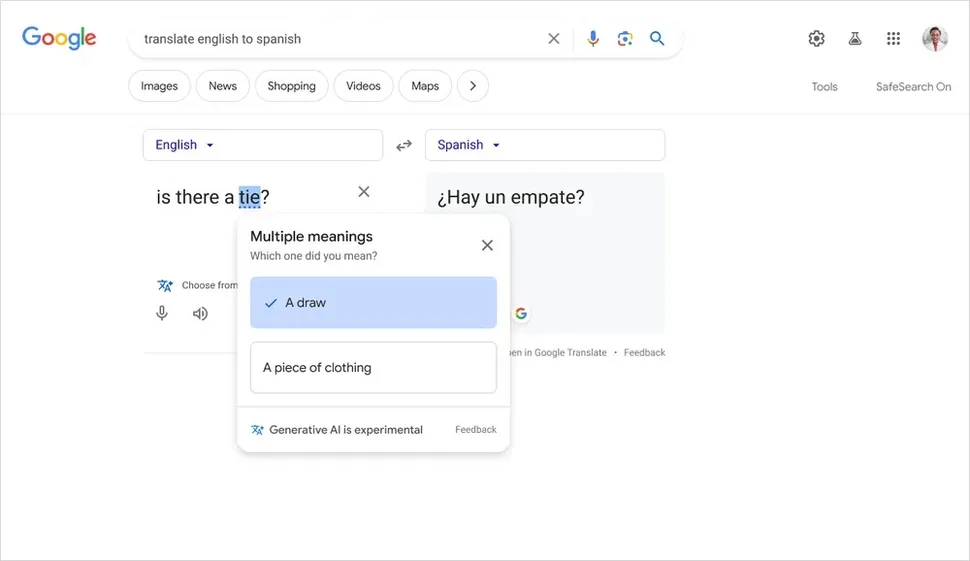After testing for a couple of months in the US, Google is finally rolling out it’s Search Generative Experience(SGE) to 120 countries worldwide this week.
This aside, the SGE is now upgraded to translate ambiguous terms to be more precise and helpful. Further, it supports follow-up questions and can respond in four new languages. Most of these features will be available initially on the desktop version of Google Search and then on mobile clients.
Google SGE For More People
Google is rolling out it’s Search Generative Experience (SGE) to more countries following a successful test in India, Japan and the US, and adding new features to make it more useful. Starting with the new regions, Google’s SGE is coming to most nations in Latin America, Bangladesh, Bhutan, South Korea, Indonesia, Colombia and Sub-Saharan Africa.
Interested users can sign up for this access on Google’s Search Labs program from Chrome on desktop or the Google app on mobile. In the new countries, SGE will be initially available on Chrome desktop and later on the Google app. This aside, Google added support for four new languages to SGE, viz Spanish, Portuguese, Korean, and Indonesian.
Further, there’s a new follow-up function to continue the chat until you get the desired output that you want. You can grill the AI assistant with sequential questions to filter specific answers, although it’s only available for English-speaking users in the U.S.

And lastly, the SGE can translate ambiguous terms in your queries to be more accurate. For example, entering a question as “Is there a tie?” in Spanish will trigger the SGE to confirm the “tie” nature, like whether it’s a matching tie or a necktie. You should then choose the right one to get a relevant answer.
Other Trending News:- News








1 comment